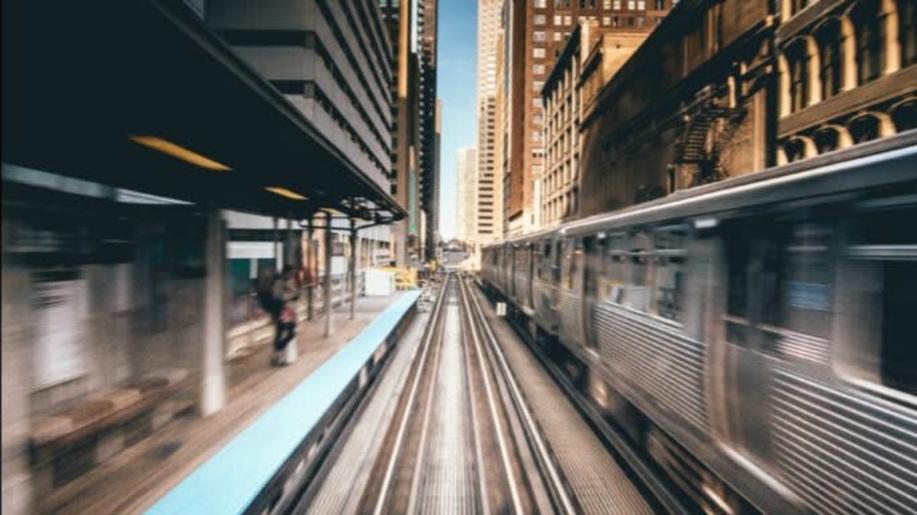Slowing down to ramp up: why net zero mobility needs degrowth
Electrification is a necessary step towards sustainable mobility. However, it has never been sufficient. Mobility in the twenty-first century will necessitate more than simply switching to a cleaner energy source, writes Andreas Budiman.
Decarbonising transport takes vast amounts of resources. According to a new study published within the LOCOMOTION project, achieving net zero by mid-century might deplete manganese, nickel and graphite reserves, materials which make decarbonisation possible in the first place.
The study used four scenarios to explore what it would take to decarbonise transport by 80% by 2050, each driven by a specific narrative: a gradual adoption of Electric Vehicles (EVs), high EV mainstreaming, light electric mobility and a major reduction in transport. Each scenario had a set of policies, leading to different levels of resource demand and material scarcity. In most cases, the future seems all but bright.
Batteries with trade-offs
The researchers looked at how our needs for energy and resources might change depending on the scenario. Going full-scale on EVs would mean a vast 60x increase above current battery power, from 0.7 TW to 40 TW annually. High EV mainstreaming would put a heavy burden on resources: we would quickly run out of lithium, cobalt, and graphite flake reserves, with nickel soon to follow.
Still, even the more sustainable degrowth path would require a 7x increase in battery power, given the need to replace fossil-based mobility. Degrowth would put little strain on materials like copper and manganese but still require cobalt and lithium quantities equal to half of the current reserves.
Researchers compared battery types such as LMO, NCA, and NMC and how overall resource constraints might influence their uptake and market share. By estimating the energy Stored on Energy Invested (ESOI) ratio, researchers could tell how much energy an e-bike or an EV battery may store during its useful lifetime, compared to the energy used to produce it and supportive infrastructure, such as inverters, wires and chargers.
LMO batteries will likely lead the future battery markets in terms of ratios. Even though NCA and NMC batteries have better ESOI ratios, the lack of key materials like nickel and cobalt will make it harder for them to grow. Both may expect to capture only close to a quarter of the total market share. limited demand on scarce resources but a lower ESOI. Material scarcities may, in part, be resolved by recycling, but this will also not come easy, as some materials are hard to recover, recycling systems differ in efficiency, and moving materials also requires energy.
